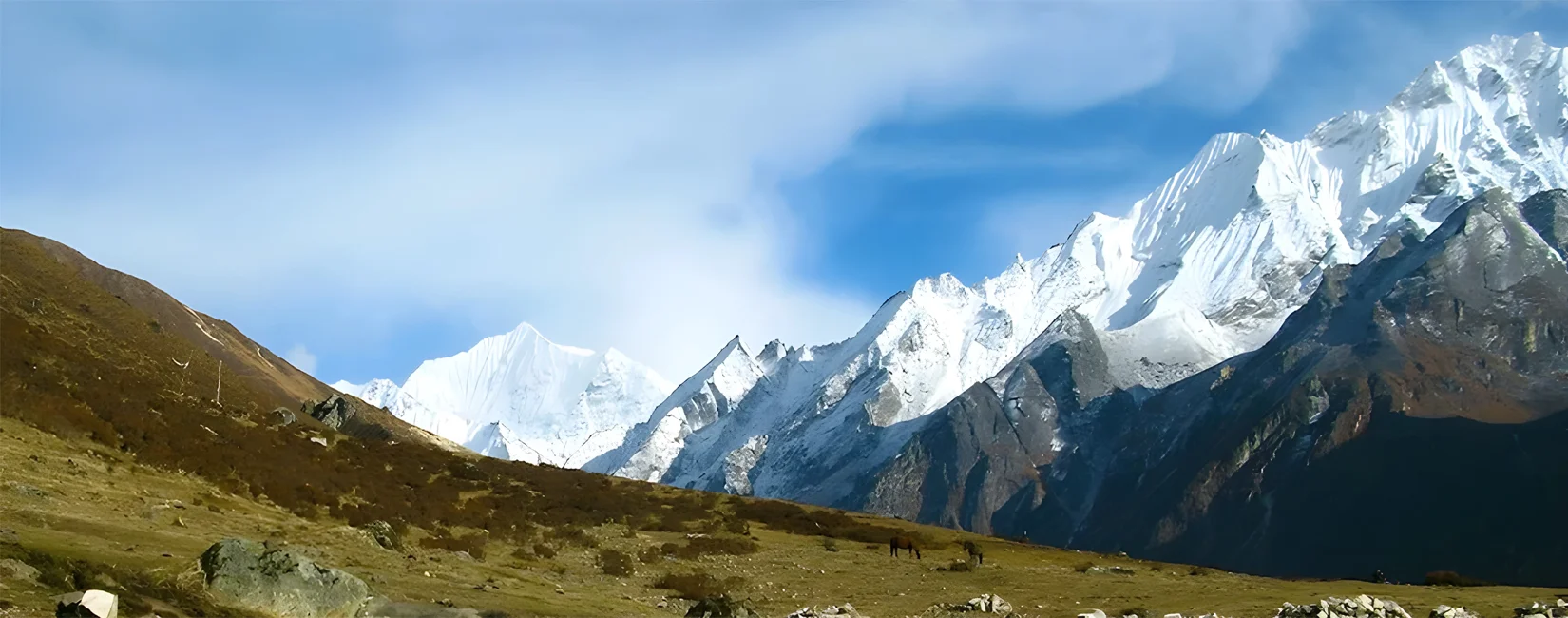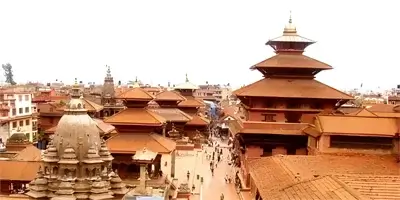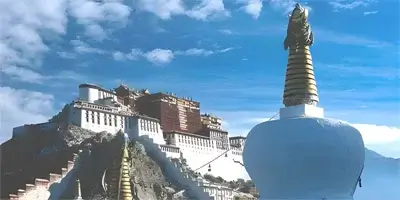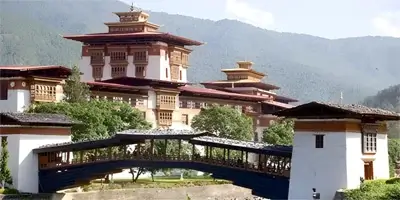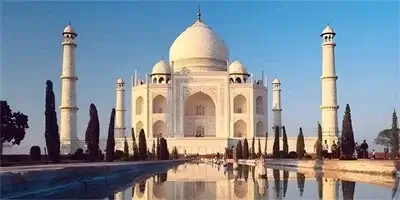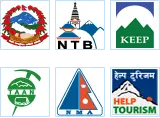Langtang and Helambu Trekking
Langtang and Helambu are two popular trekking regions in Nepal. They offer breathtaking landscapes, diverse cultures and a relatively moderate level of difficulty compared to some other treks in the Himalayas. There are three major highlights in the regions: Langtang, Gosaikunda and Helambu.
These can be trekked separately, but if you have plenty of time and want more variety, you should combine them. If you prefer a more challenging option and have more time for trekking, you should choose the Ganja La Pass, which connects Langtang and Helambu and does not go via Gosaikunda.
Trekking over Ganja La Pass requires a few days of camping (tent camp) as there are no teahouse facilities on some sections yet. If you are just interested to undertake Langtang and Helambu region trekking easy way and want to explore Gosaikunda Lake, one of the most popular pilgrimage site in the region. You can trek to Langtang valley, Gosaikunda Lake and Helambu valley via Lauribina-La/Gosaikunda pass (4,610 m).
Langtang is located north of Kathmandu and close to the Tibetan border. It lies between the main Himalayan range to the north and a slightly lower range of snow-capped peaks to the south. To the west of Langtang National Park lies the Ganesh Himal with peaks between 6,000 and 7,000 meters.
The name Langtang comes from the Tibetan language and is composed of two different words: "Lang" and "Tang". Lang means yak and Tang means "to follow". The area is rich in mountains: Langtang Lirung (7,246 m), Gang Chhenpo (6,388 m), Naya Kangri (5,846 m), Dorje Lakpa (6,966 m) and other snow-capped peaks.
The area was recognized as Nepal's first Himalayan National Park in 1971 and is now a protected area. Most of the trekking in this region falls within the boundaries of Langtang National Park, which covers an area of 1,710 square kilometers. The districts of Nuwakot, Rasuwa and Sindhupalchok are included in this national park.
The main attraction of this park is the Langtang Himalayan Range in the north and several lakes in the south. The main ethnic groups of the region are Sherpa and Tamang, whose religion, culture, language, and clothing are similar to those of the Tibetan people.
Animals found in this region are: wild dog, red panda, pika, muntjac, musk deer, Himalayan black bear, Himalayan thar, ghoral, serow, rhesus monkey, common langur, snow leopard. Birds found here include hawks, hoopoe, cuckoos, barbets, owls, and night jars, laughing thrushes, black-capped sibias, red-billed, minvet and parakeets. The flora includes sky blue gentians, epiphytic orchids and primroses. This region haves temperate sub-alpine vegetation.
Spring and autumn season is the best time for trekking in Lantang and Helambu region. Spring is rhododendron season and April presents a dramatic display of red, pink, and white flowers. Wildflowers are abundant in summer and are considered a good time for trekking in the region. Treks in the Langtang Helambu region offer the opportunity to explore villages, climb small peaks, and visit glaciers and beautiful lakes.

